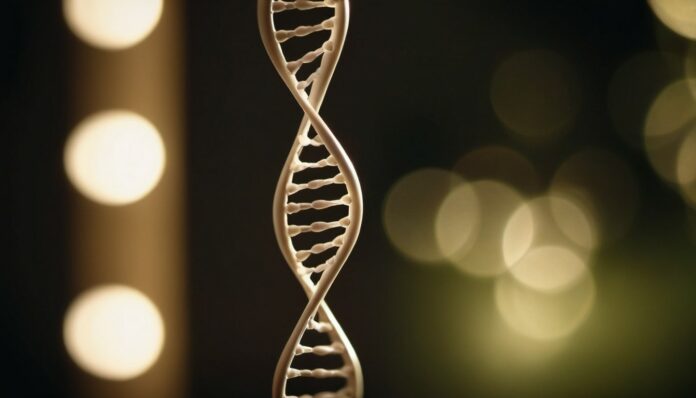Biology is the study of living organisms and their interactions with the environment. It encompasses a wide range of topics, from the smallest cells to entire ecosystems, exploring how life functions, evolves, and adapts.
Through biology, we understand the complexities of life processes, the genetic code, and the intricate relationships between organisms. This knowledge is crucial for advancements in medicine, environmental conservation, and understanding the natural world around us.
Interesting Facts About Biology
- DNA: All living organisms are made up of cells that contain DNA, the molecule that carries genetic information.
- Cells: The human body has approximately 37.2 trillion cells.
- Species Diversity: There are estimated to be around 8.7 million species of plants and animals on Earth.
- Evolution: Charles Darwin’s theory of evolution by natural selection explains how species adapt and change over time.
- Photosynthesis: Plants convert sunlight into energy through photosynthesis, producing oxygen as a byproduct.
- Genetics: Gregor Mendel is known as the father of genetics for his work with pea plants, which revealed how traits are inherited.
- Biodiversity: The Amazon rainforest is home to the highest biodiversity on the planet.
- Human Genome: The Human Genome Project mapped all the genes in human DNA, completed in 2003.
- Antibiotics: Alexander Fleming discovered penicillin, the first antibiotic, in 1928.
- Cell Division: Cells reproduce through processes like mitosis (for growth and repair) and meiosis (for sexual reproduction).
- Blood: The human heart pumps about 2,000 gallons of blood every day.
- Fossils: Fossils provide evidence of ancient life forms and help scientists understand evolutionary history.
- Cloning: Dolly the sheep, born in 1996, was the first mammal cloned from an adult somatic cell.
- Stem Cells: Stem cells have the potential to develop into different cell types and are used in medical research.
- Human Brain: The human brain has about 86 billion neurons, responsible for processing information.
- Symbiosis: Symbiotic relationships, like those between bees and flowers, are essential for many ecosystems.
- Viruses: Viruses are not considered alive because they cannot reproduce without a host cell.
- CRISPR: CRISPR technology allows for precise editing of DNA and has revolutionary potential for medicine.
- Biomes: Biomes are large regions of the world with similar climate, plants, and animals, such as deserts and tundras.
- Coral Reefs: Coral reefs support immense biodiversity but are threatened by climate change and pollution.
- Mitochondria: Mitochondria are known as the powerhouses of the cell, generating energy through cellular respiration.
- Human Microbiome: The human body hosts trillions of microbes, which are crucial for digestion, immunity, and overall health.
- Evolutionary Trees: Phylogenetic trees represent the evolutionary relationships between different species.
- Ecology: Ecology is the branch of biology that studies the interactions between organisms and their environment.
- Birds Sleeping in Flight: Some birds, such as storks, can sleep while flying.
- Bacterial Dominance: Studies in biology have shown that about 70% of all living biomass on Earth consists of bacteria and other microorganisms.
- Cows Outnumber Humans: There are more cows on Earth than people.
- Giant Grasses: Biology studies both animal and plant life. One of the most interesting discoveries is that grass can grow to gigantic sizes. For example, the banana “tree” is actually a grass, as is bamboo, which can reach the height of a ten-story building.
- Bone Strength: Human bones are stronger than the toughest concrete.
- Blood Coloration: Human blood, like that of other mammals, is red due to the presence of iron oxide. However, in octopuses, oxygen is carried by copper instead of iron, giving their blood a blue color.
- Vestigial Organs: There are about ninety vestigial organs in the human body.
- Gender-Swapping Species: Some species, particularly certain mollusks, can change their sex at will.
- Camel’s Straight Spine: Camels have completely straight spines, like horses or cows, despite having humps.
- Hybrid Sterility: Some different species of animals can interbreed, but their offspring will be sterile. For example, jaguars, lions, and tigers can mate, but their offspring cannot reproduce.
- Starfish Feeding: The most interesting hunting method in biology evolved in starfish. They eject their stomachs out of their bodies directly onto their prey and digest it externally.
- DNA Storage Capacity: One gram of DNA can store about 700 terabytes of information.
- Nerve Length: The total length of all nerves in an adult human body is approximately 75 kilometers.
